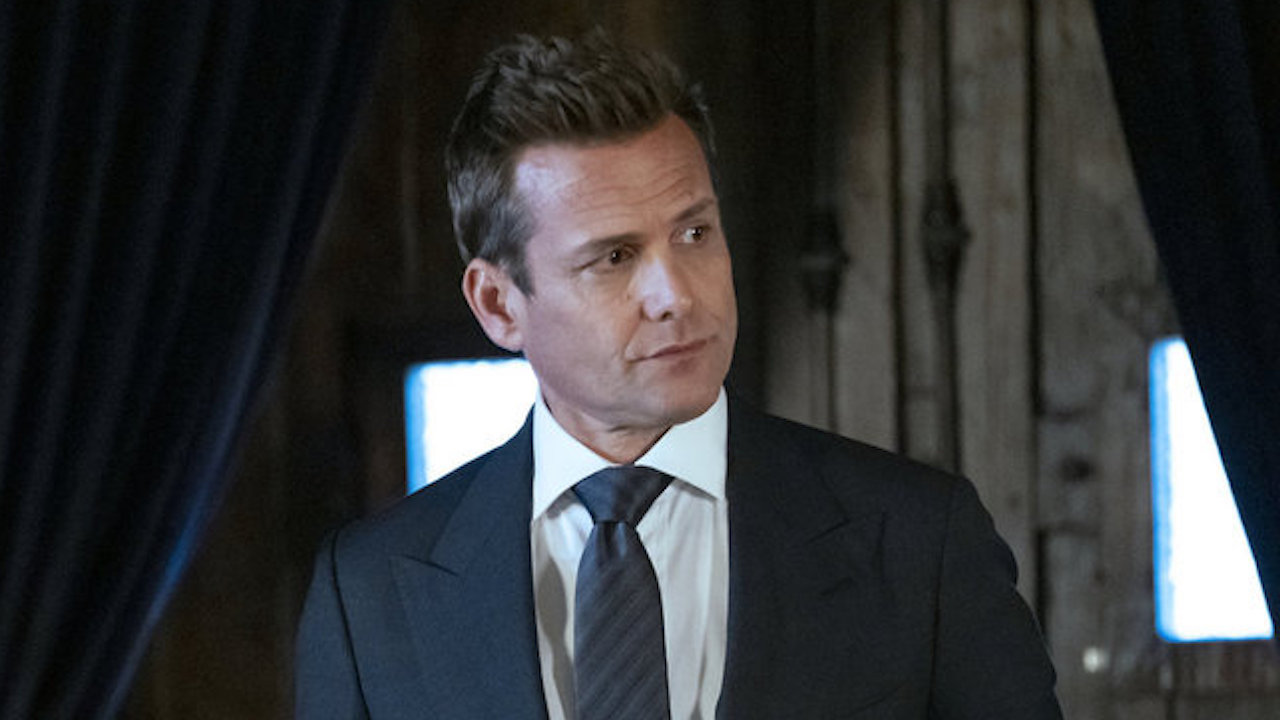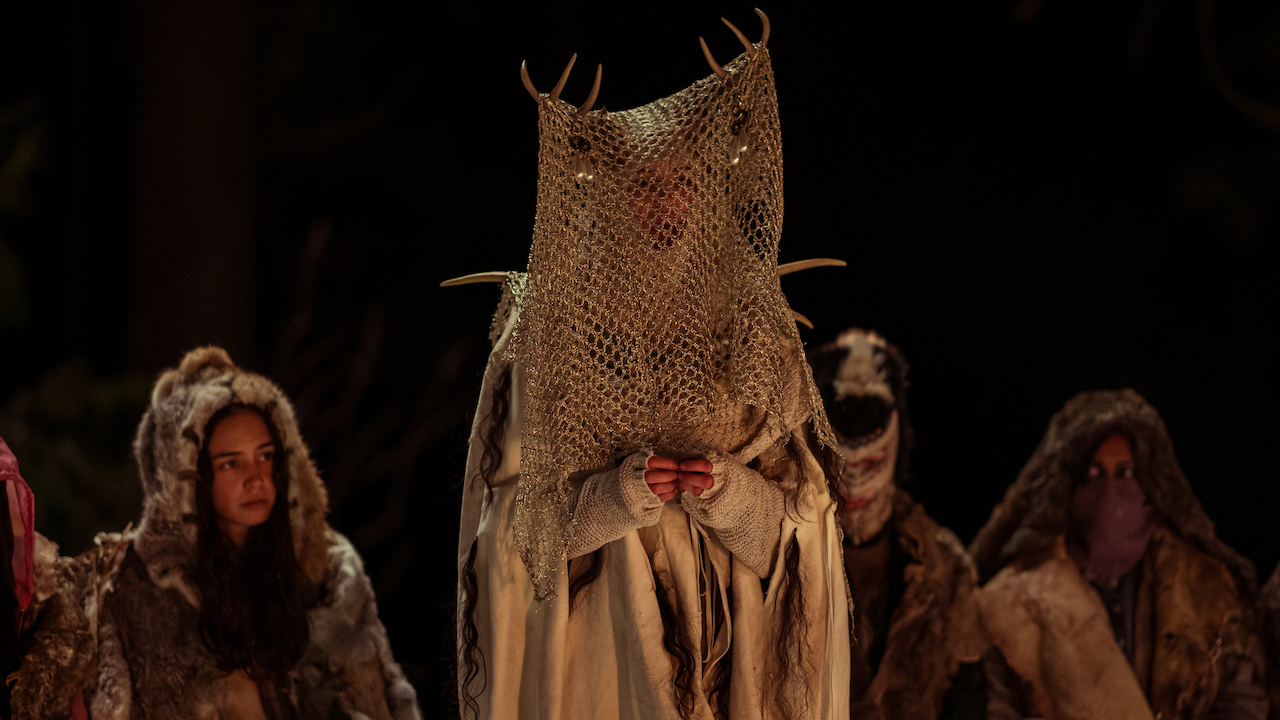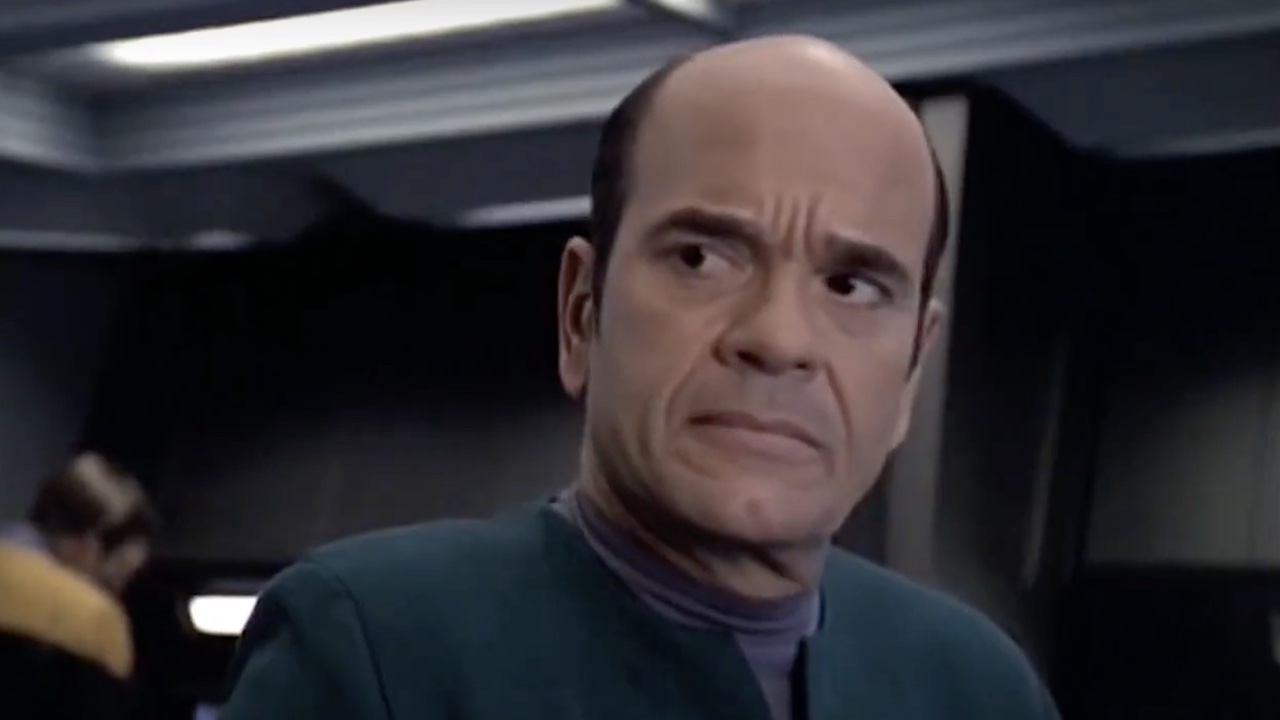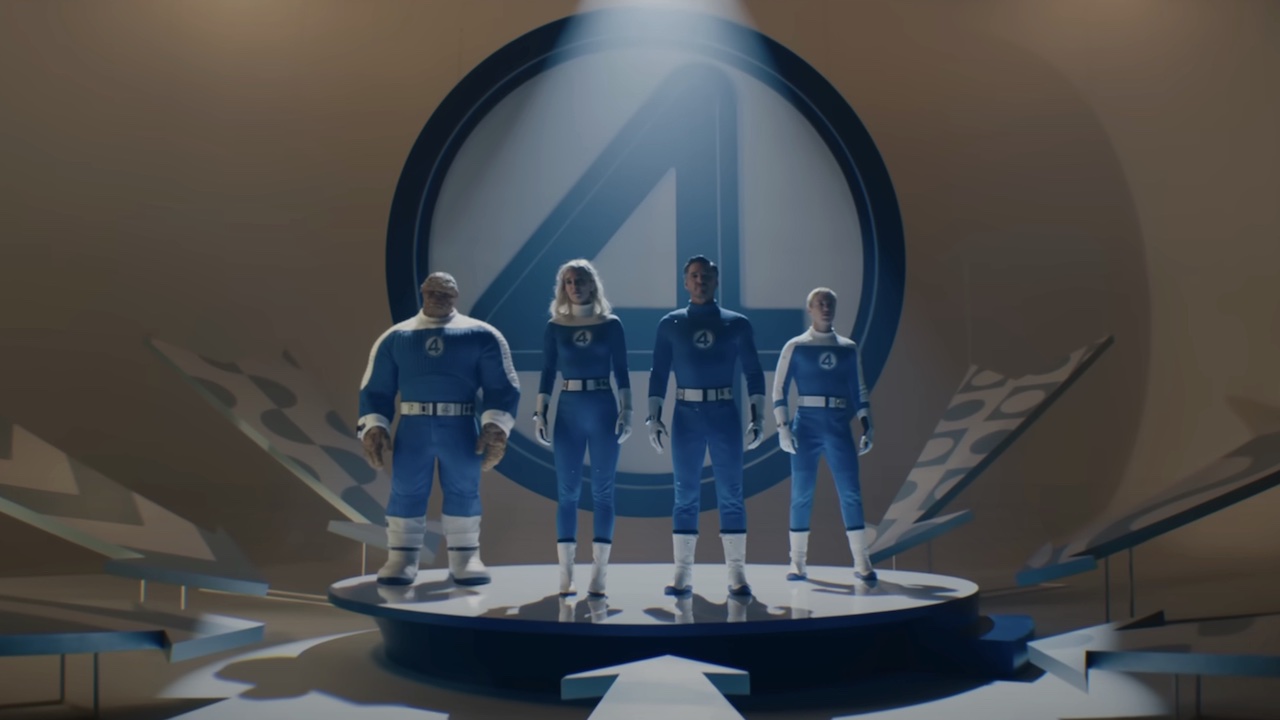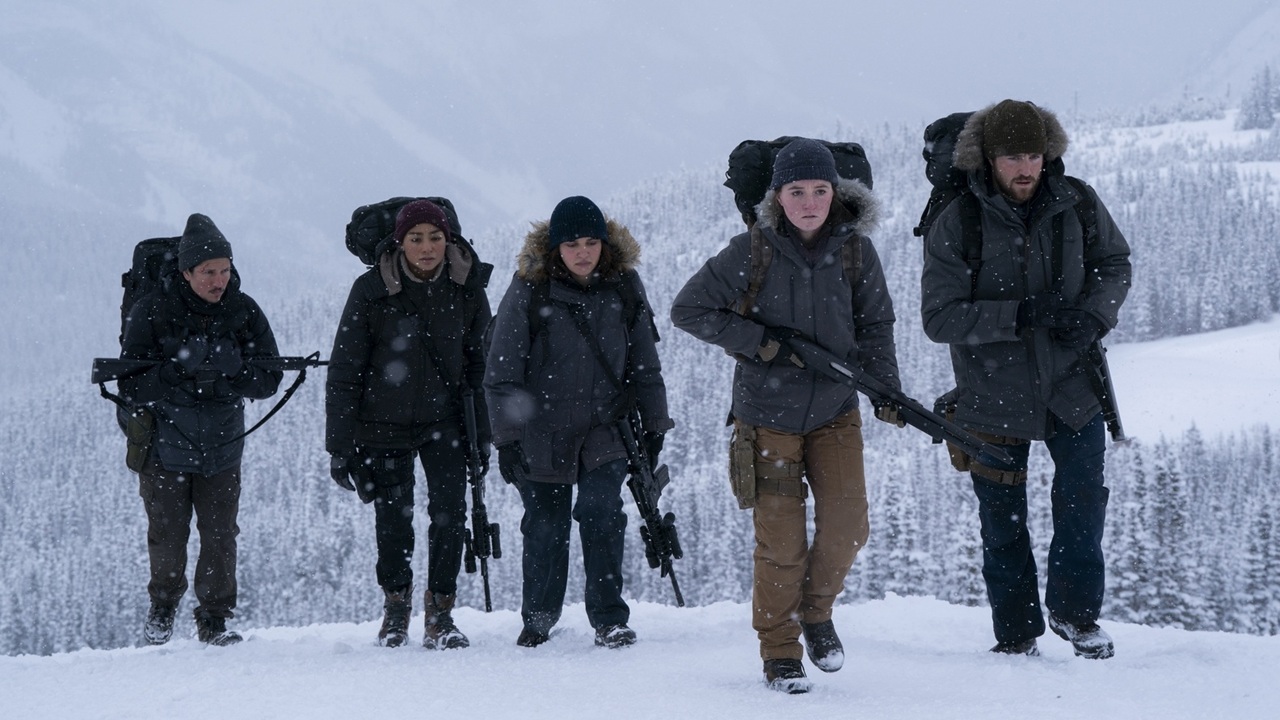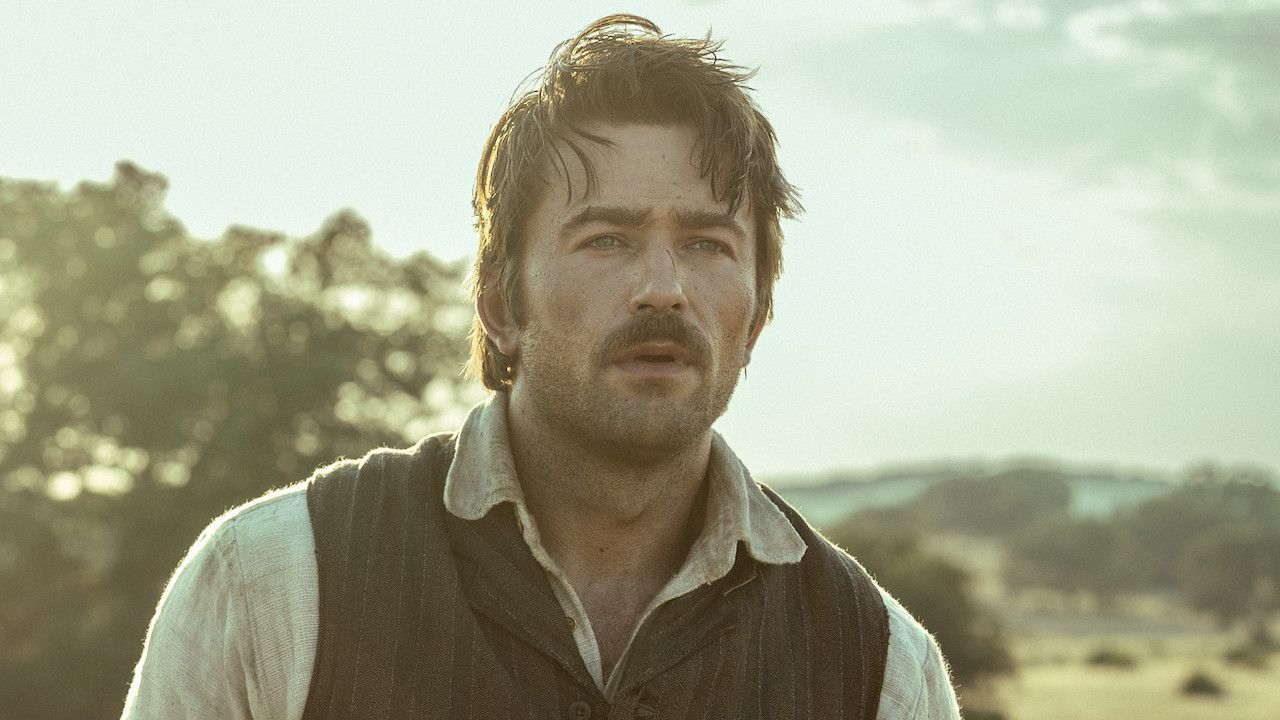Never Let Go Has An Insanely Intense Scene With A Dog, And I Had To Ask Halle Berry And The Director About It
Spoiler alert!

SPOILER WARNING: The following article contains major spoilers for Never Let Go. If you have not yet seen the film, proceed at your own risk!
When we get to the end of the 2024 and reflect on the year in horror movies, there is on Never Let Go sequence that will be kept in high consideration for the scariest scene of the year… and anyone who has seen the film will know exactly what I’m talking about. At the start of the story’s third act, June (Halle Berry), Nolan (Percy Daggs IV) and Sam (Anthony B. Jenkins) are on the verge of starvation, and in an act of desperation, they discuss eating their dog, Coda.
Between our intense desire as an audience to not see an animal harmed, June’s determination to help her family survive, and the outraged sadness of the boys, it’s incredibly hard to watch, and as June takes the pet out to the greenhouse with the intention of feeding her children, one feels no guarantees that the dog is safe. Following my screening of the film last month, I couldn’t stop thinking about it, so I felt compelled to ask about it when I interviewed director Alexandre Aja and Halle Berry at the movie’s Los Angeles press day.
Aja explained that everyone on the set of Never Let Go knew exactly what the nature of the sequence was, and generated a noticeable atmosphere. Everyone was not only aware that they were making a movie, but also exactly how everything was going to play out, and yet, there was serious distress. Said the filmmaker,
We knew it was the most intense moment, and we are all like dog lovers. I had my dog on set all the time with me. Even knowing exactly the outcome of that scene and what is happening, it was a moment that we knew was going to break the audience and us, and we were on set and we were... it was so hard and believable.
The intensity was also recognized on the other side of the camera, and while you might think that the stress would potentially be a boon to the performers playing a stressful scene, Halle Berry would disagree. Instead, she explained that the awareness of the scene put a lot of pressure on it that served as a barrier to playing the character. Said the Oscar winning actress,
It was a big scene. We kind of knew that this was a moment in the film that we all had to nail in that moment. But with that can come a lot of pressure, remember on the day. A lot of pressure can sit down on you when everybody says, 'This is the scene.' You know? And that's the worst thing you can do, especially to put on young performers is to make them know, 'This is the scene.' Because what happens is you become less available to your emotions because you're in your head now.
Speaking for her young co-stars Percy Daggs IV and Anthony B. Jenkins, who were sitting on opposites sides of her, Berry said that there was a process of getting into the moment and letting the characters’ emotions flow:
We had to work to get out of our heads and get back in our bodies in that scene and to let that rip because I think on some ways, I think subconsciously we might have all been a little bit afraid of that, because that's kind of horrific. So we had to warm up to that so that we could like, let it rip, go to those dark places. Because it was pretty dark.
If you’re familiar with Alexandre Aja’s past work, you have even more reason to be afraid watching the sequence play out. The filmmaker’s movies get pretty extreme: his English-language debut, the 2006 remake of The Hills Have Eyes, features one of its canine characters being killed and gutted.
CINEMABLEND NEWSLETTER
Your Daily Blend of Entertainment News
In the filming of the Never Let Go scene in question, the filmmaker explained that it seemed even the dog was feeling the high tension in the air (pun totally intended). Coda is portrayed in the film by a canine performer named Brass, and Aja was stunned by his acting ability:
Coda, the dog in the movie – his name is Brass – was just so spectacular in its way of acting. Like you could see every reaction as he was looking at her. He was believing like, 'What's going to happen?' It was quite something.
“Quite something” is putting it mildly. When it came time to actually screen the film and gauge early reactions, even the director wondered for a moment if it was too much for general audiences. Said Aja,
I remember the first time we showed the movie to an audience, to see 400 people in the room kind of like, 'Wow,' reacting. I was like, 'Oh, maybe it's too intense!' But it's never too intense. Movies needs to be there to create emotion, to punch us in the gut.
Personally speaking, I think he’s totally right, and I don’t think anyone leaving their screening of Never Let Go is going to forget it.
Having earned positive reviews from critics, Never Let Go is now playing in theaters everywhere.

Eric Eisenberg is the Assistant Managing Editor at CinemaBlend. After graduating Boston University and earning a bachelor’s degree in journalism, he took a part-time job as a staff writer for CinemaBlend, and after six months was offered the opportunity to move to Los Angeles and take on a newly created West Coast Editor position. Over a decade later, he's continuing to advance his interests and expertise. In addition to conducting filmmaker interviews and contributing to the news and feature content of the site, Eric also oversees the Movie Reviews section, writes the the weekend box office report (published Sundays), and is the site's resident Stephen King expert. He has two King-related columns.

